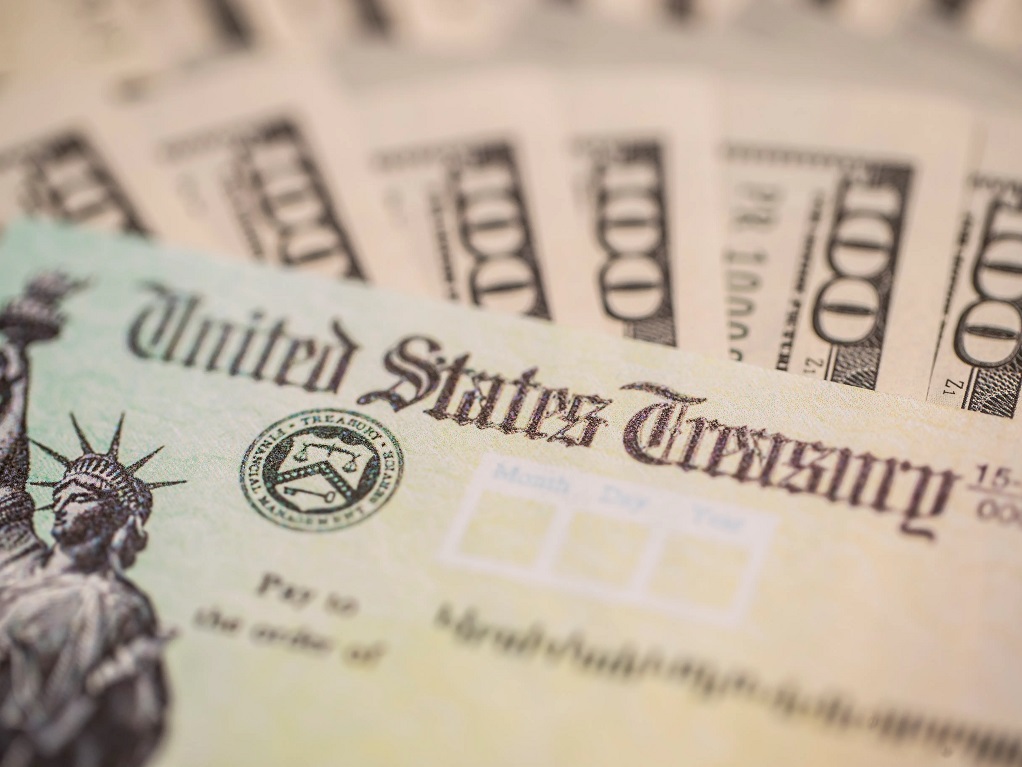In the second quarter of 2023, we have observed a notable rise in government-bond yields, driven by consistent indicators of robust economic strength and significant relaxation of banking-sector stresses. These circumstances could potentially push the yields even higher in the upcoming months.
 SourceMoneyGuru-https://www.mgkx.com/4879.html
SourceMoneyGuru-https://www.mgkx.com/4879.html
A rather interesting phenomenon to note here is the drastic shift from the start of the quarter. In April, there was a bond rally, primarily due to investors grappling with sudden banking collapses and a general fear of a widespread crisis that might hinder the flow of money and credit towards households and businesses. The anticipated crisis, however, did not fully materialize, and instead, the economy and markets have weathered the turbulence remarkably well. This resilience was evident even in the face of a potential default triggered by a debt-ceiling stalemate.SourceMoneyGuru-https://www.mgkx.com/4879.html
Recent data has been encouraging with a robust labor market and declining inflation, fueling optimism that the Federal Reserve can effectively control price hikes without pushing the economy into a recession. However, analysts urge caution, pointing out that the central bank's steep rate hikes since early 2022 might begin to hamper growth more significantly in the forthcoming months. Concurrently, rising confidence has propelled the yields on Treasury bonds, which typically ascend with heightened expectations for economic activity, inflation, and Federal Reserve's interest-rate adjustments.SourceMoneyGuru-https://www.mgkx.com/4879.html
It is essential to highlight the journey of the 10-year Treasury note. Finishing the quarter at 3.818%, up from 3.49% at the end of March, the yield has essentially completed a round trip since the start of the year when it hovered around 3.8%. March saw a brief touch of the 4% mark before the banking crisis prompted a rally, subsequently pulling down yields – a consequence of rising bond prices.SourceMoneyGuru-https://www.mgkx.com/4879.html
The approximately $30 trillion U.S. government debt market, a crucial economic benchmark, still holds firm, despite the recent debt-ceiling crisis. Investors widely regard the prospect of the Treasury falling seriously behind on long-term payments as highly improbable. As a result, Treasury yields effectively set the minimum bar for borrowing costs for consumers and businesses. These costs range from the interest rates companies must pay on their bonds to the rates attached to new mortgages.SourceMoneyGuru-https://www.mgkx.com/4879.html
One cannot ignore the substantial impact of central-bank policy on Treasury bonds. Although the June Fed meeting concluded without an interest-rate hike for the first time since early 2022, the last three months witnessed a significant reevaluation of the central bank's future policy intensity.SourceMoneyGuru-https://www.mgkx.com/4879.html
Earlier in the spring, futures markets signaled that investors expected multiple rate cuts before the end of 2023, fueled by fears that the unfolding banking crisis would necessitate Fed intervention to support a struggling economy. The tide has turned since, with traders now predicting the Fed's rate target will conclude the year higher than its current 5% to 5.25% range.SourceMoneyGuru-https://www.mgkx.com/4879.html
This paradigm shift has pushed 2-year Treasury yields, particularly susceptible to changes in Fed interest-rate policy, into a steeper climb than longer-term yields. These 2-year yields ended the quarter at 4.877%, up from 4.06% in March, consistently outpacing 10-year yields for an entire year - an unusual inversion of the typical yield curve often preceding a recession. The possibility of an economic slowdown, however, remains on the horizon, warns Gennadiy Goldberg, head of U.S. rates strategy at TD Securities.SourceMoneyGuru-https://www.mgkx.com/4879.html
Despite the market's optimistic expectations, the situation could potentially deteriorate quickly. As Goldberg notes, "the market has been anticipating Fed rate cuts almost since the beginning of the tightening, and now as the market has been pricing in more hikes and pricing out more cuts, the curve continues to invert further.”SourceMoneyGuru-https://www.mgkx.com/4879.html
However, as a testament to renewed optimism, the rising Treasury yields have not corresponded to a similar increase in corporate bond yields, which are traditionally perceived as riskier due to the potential of corporate bankruptcies. Quite the contrary, corporate bond yields have lessened relative to Treasurys, indicating a more optimistic outlook on business performance for the coming year.SourceMoneyGuru-https://www.mgkx.com/4879.html
This positive shift is highlighted by the fact that investment-grade corporate bonds now yield about 1.31 percentage points more than Treasurys, compared to approximately 1.45 percentage points at the end of March, according to Intercontinental Exchange data. The yield difference or spread on junk-rated bonds has fallen to 4.14 points from 4.58 points at the quarter's beginning.SourceMoneyGuru-https://www.mgkx.com/4879.html
Though defaults on junk bonds have been on the rise, Moody's Investors Service anticipates that they will peak at an annual rate of around 5% sometime next year, a figure below the peaks witnessed during past economic downturns.SourceMoneyGuru-https://www.mgkx.com/4879.html
In recent weeks, regional banks such as Truist Financial have successfully sold bonds with minimal pricing concessions, signaling improved investor sentiment. Blair Shwedo, head of investment-grade trading at U.S. Bank, noted the remarkable difference in market sentiment from just a few months ago, stating, "The market seems like it’s in a totally different place than it was at the end of March.”SourceMoneyGuru-https://www.mgkx.com/4879.html
In conclusion, the resumption in the climb of Treasury yields is a reflection of heightened investor confidence in economic growth, and the ability of the Federal Reserve to manage interest rates effectively without prompting a recession. As the year progresses, however, the market will remain keenly focused on the Fed's actions, particularly if economic indicators begin to falter. The evolving story of Treasury yields is a complex interplay of economic strength, central bank policies, and investor sentiment - a narrative that will continue to shape the financial landscape in the months ahead.SourceMoneyGuru-https://www.mgkx.com/4879.html SourceMoneyGuru-https://www.mgkx.com/4879.html












